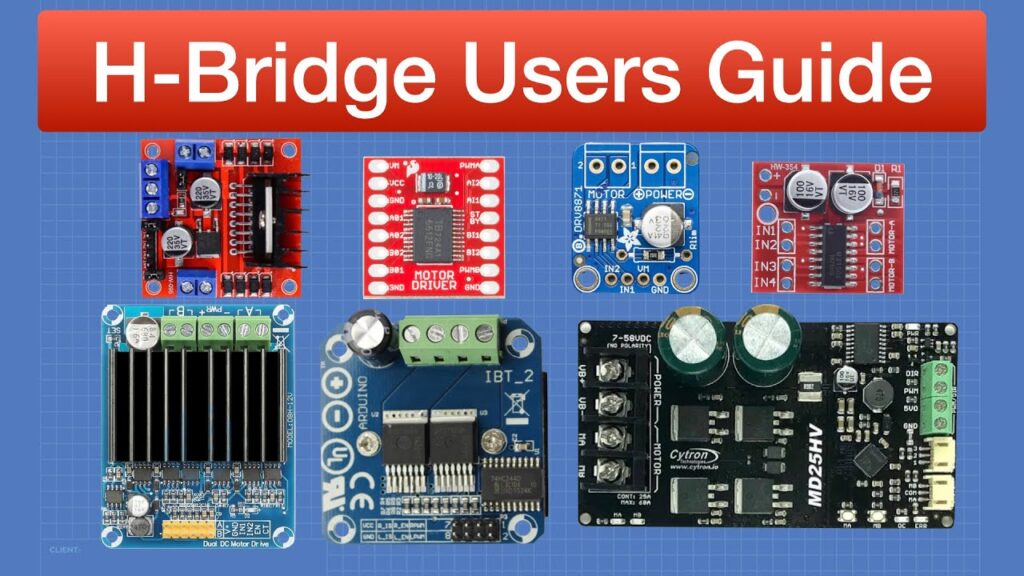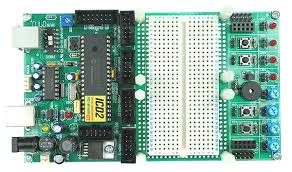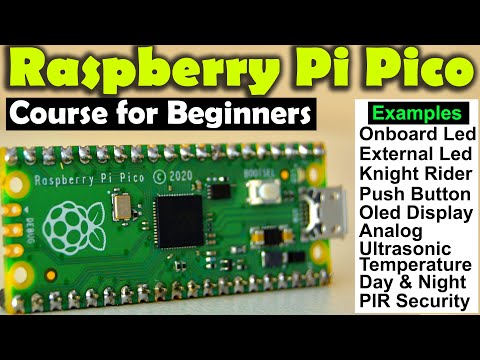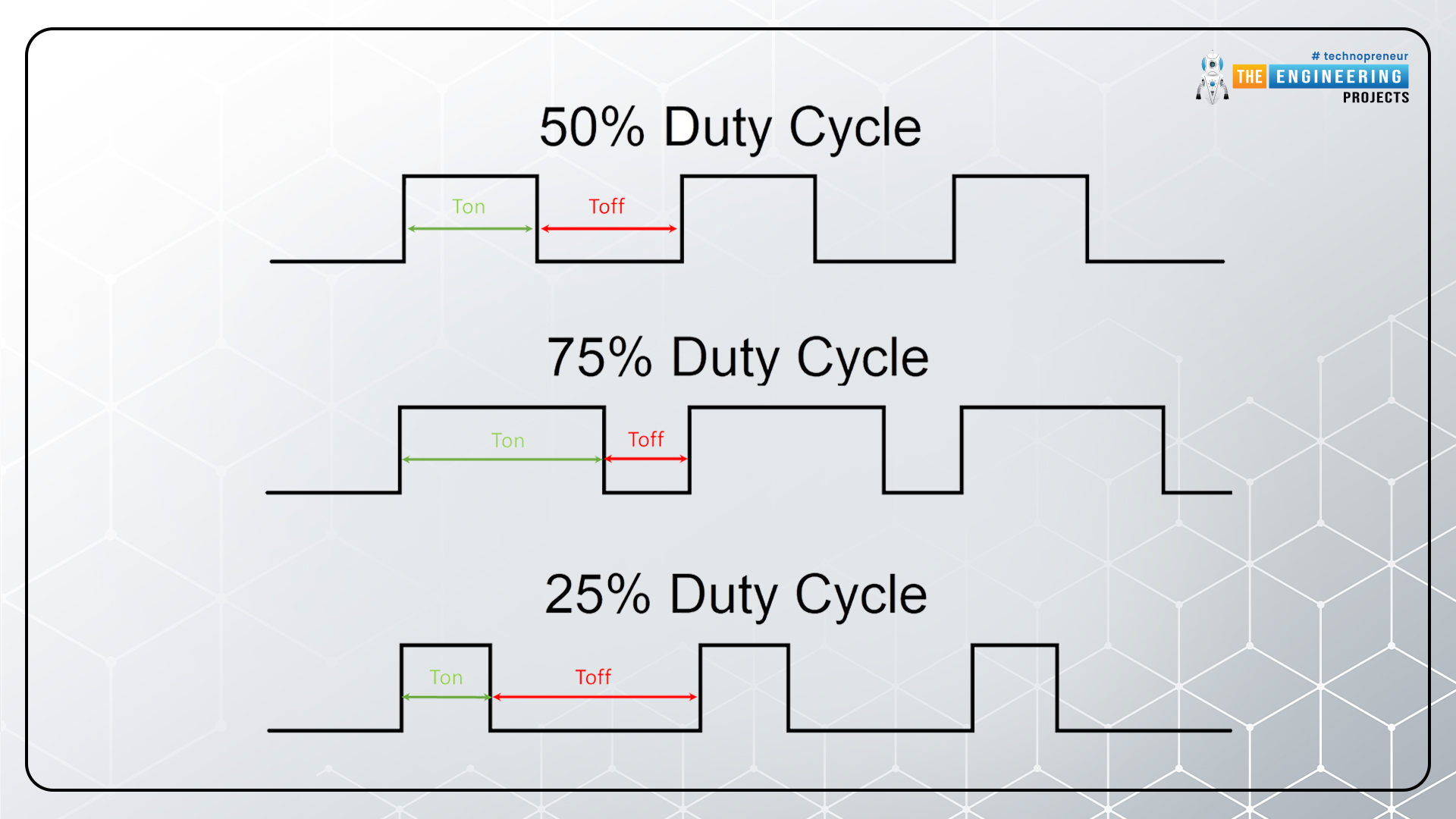How to Use a Microcontroller for Real-Time Motor Control
Microcontrollers are small computers on a single integrated circuit that can be programmed to execute specific tasks. One common application of microcontrollers is in real-time motor control. In this article, we will discuss how to effectively use a microcontroller for real-time motor control.
What is Real-Time Motor Control?
Real-time motor control involves controlling the speed, direction, and position of a motor in real-time. This is important for applications where precise motor control is required, such as in robotics, automation, and industrial machinery.
Choosing the Right Microcontroller
When selecting a microcontroller for real-time motor control, it is important to consider factors such as processing speed, memory size, and input/output capabilities. Some popular choices for real-time motor control applications include Arduino, Raspberry Pi, and PIC microcontrollers.
Programming the Microcontroller
Once you have chosen a microcontroller, the next step is to program it for real-time motor control. This involves writing code that will read sensor data, process it, and send commands to the motor controller to adjust the speed or direction of the motor.
Implementing PID Control
One common method for real-time motor control is implementing a Proportional-Integral-Derivative (PID) controller. This controller calculates an error value as the difference between a desired setpoint and a measured process variable. The controller then adjusts the control output to minimize this error.
Testing and Tuning
After programming the microcontroller and implementing the PID controller, it is important to thoroughly test the system and tune the controller parameters for optimal performance. This may involve adjusting the gains of the PID controller to achieve the desired response.
Monitoring and Feedback
Real-time motor control also requires monitoring the motor’s performance and providing feedback to the controller. This feedback loop allows the controller to make real-time adjustments to maintain the desired setpoint and ensure smooth motor operation.
Conclusion
Using a microcontroller for real-time motor control can be a challenging but rewarding endeavor. By choosing the right microcontroller, programming it effectively, implementing a PID controller, testing and tuning the system, and monitoring feedback, you can achieve precise and reliable motor control for your application.
How to Use a Microcontroller for Real-Time Motor Control
Microcontrollers are small computers on a single integrated circuit that can be programmed to execute specific tasks. One common application of microcontrollers is in real-time motor control. In this article, we will discuss how to effectively use a microcontroller for real-time motor control.
What is Real-Time Motor Control?
Real-time motor control involves controlling the speed, direction, and position of a motor in real-time. This is important for applications where precise motor control is required, such as in robotics, automation, and industrial machinery.
Choosing the Right Microcontroller
When selecting a microcontroller for real-time motor control, it is important to consider factors such as processing speed, memory size, and input/output capabilities. Some popular choices for real-time motor control applications include Arduino, Raspberry Pi, and PIC microcontrollers.
Programming the Microcontroller
Once you have chosen a microcontroller, the next step is to program it for real-time motor control. This involves writing code that will read sensor data, process it, and send commands to the motor controller to adjust the speed or direction of the motor.
Implementing PID Control
One common method for real-time motor control is implementing a Proportional-Integral-Derivative (PID) controller. This controller calculates an error value as the difference between a desired setpoint and a measured process variable. The controller then adjusts the control output to minimize this error.
Testing and Tuning
After programming the microcontroller and implementing the PID controller, it is important to thoroughly test the system and tune the controller parameters for optimal performance. This may involve adjusting the gains of the PID controller to achieve the desired response.
Monitoring and Feedback
Real-time motor control also requires monitoring the motor’s performance and providing feedback to the controller. This feedback loop allows the controller to make real-time adjustments to maintain the desired setpoint and ensure smooth motor operation.
Conclusion
Using a microcontroller for real-time motor control can be a challenging but rewarding endeavor. By choosing the right microcontroller, programming it effectively, implementing a PID controller, testing and tuning the system, and monitoring feedback, you can achieve precise and reliable motor control for your application.



